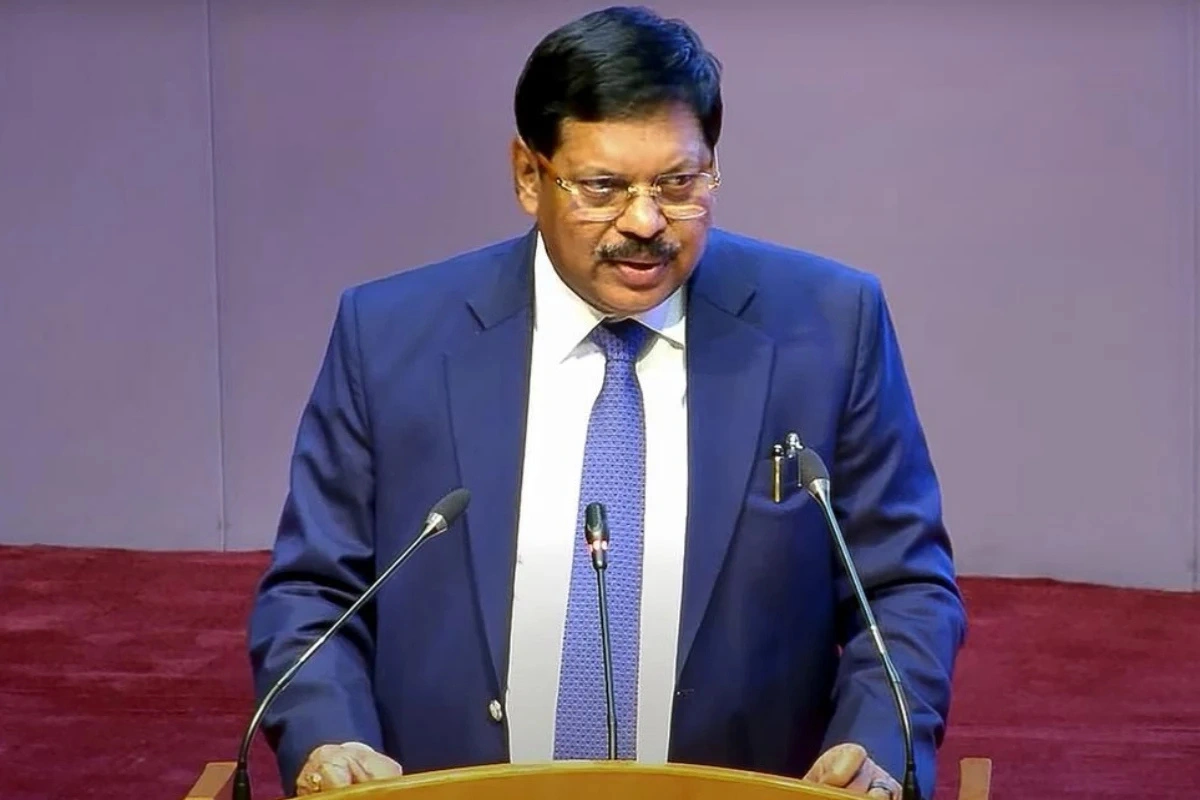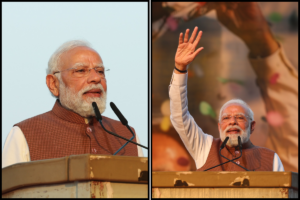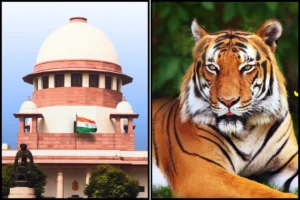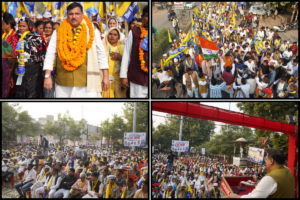
The Supreme Court of India recalled its controversial Vanashakti v Union of India judgment. This major decision revives the national debate over retroactive Environmental Clearances (ECs).
The Court allowed the review petition filed by the Confederation of Real Estate Developers of India (CREDAI).
It restored the original writ petitions for fresh consideration. The Vanashakti ruling previously threatened to demolish countless completed and ongoing projects across the country.
Landmark Ruling Overturned
The original judgment (JUR), issued on May 16, 2025, directly challenged the Ministry of Environment, Forest and Climate Change’s (MoEF&CC) authority.
It declared the 2017 Notification and the 2021 Office Memorandum (OM) illegal. These policies allowed authorities to grant ECs to projects that started work without prior clearance.
The JUR struck down all related circulars. The ruling cited precedents like Common Cause, asserting that ex post facto ECs were “completely alien to environmental jurisprudence.”
The judgment further demanded that authorities stop and demolish violating projects.
Industry Cites Ignored Precedents
Review petitioners, including CREDAI and the Union of India, contended the JUR failed to notice key Supreme Court judgments.
They cited D Swamy and Pahwa Plastics Private Limited. These earlier benches, they argued, upheld the validity of the 2017 Notification and 2021 OM.
Petitioners stressed that judicial discipline required the Vanashakti Bench to refer the matter to a larger bench, not ignore existing law.
Solicitor General Shri Tushar Mehta presented dramatic examples of public resource waste.
He highlighted a nearly complete, 962-bed AIIMS hospital in Orissa and a Steel Authority of India Limited (SAIL) project.
The ruling prevented the final EC grant for both. Senior Counsel Shri Kapil Sibal cited a completed greenfield airport in Karnataka.
He warned that the ruling mandated its demolition. Counsel Shri Mukul Rohatgi maintained that demolishing otherwise permissible projects only resulted in throwing valuable public resources “in the dustbin.”
Court Adopts Balanced Approach
Counsels opposing the review asserted that the petition represented an impermissible appeal.
They maintained that granting ex post facto EC was inherently illegal. They argued that project proponents must suffer consequences for their illegal acts.
The Review Bench, led by Chief Justice of India B.R. Gavai, found the original judgment failed to notice significant precedents.
The Court underscored the binding nature of Judicial Discipline. The bench recognised the severe, irreparable damage and public resource waste from mass demolition orders.
It referenced judgments like Bindu Kapurea, where the Court chose compensatory afforestation over demolition.
The Court found that demolition contradicted the very environmental principles it sought to uphold.
Considering the “serious consequences” and the need for a balanced approach, the bench allowed the review petition.
It recalled the May 16, 2025, judgment and restored the original writ petitions.
The Registry will now place the matter before the Chief Justice of India for a fresh hearing, effectively reopening the legal status of the 2017 Notification and the 2021 OM.
Also Read: Delhi Riots ‘Larger Conspiracy’: SC To Consider Police Arguments On UAPA Accused
To read more such news, download Bharat Express news apps





















